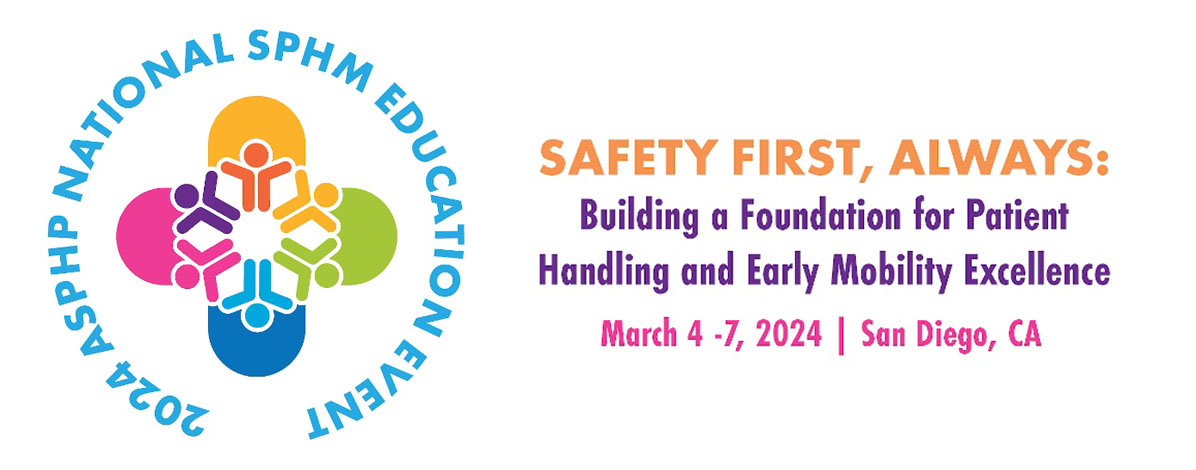August 2023 ASPHP Newsletter
Members Only!
This content is strictly restricted to our members only. Login to view this content or Visit Membership page to Register with us!
If you see this message after logging in, please reload this page, or try clearing your browser cache.

